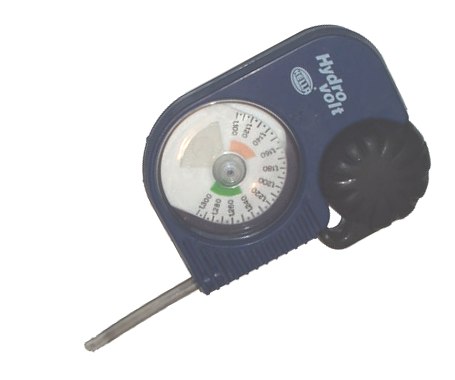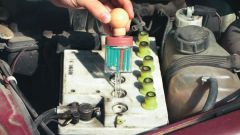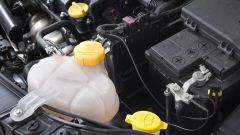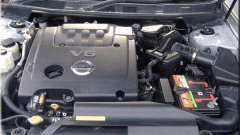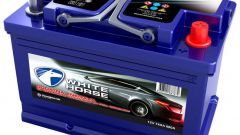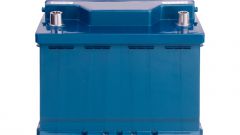You will need
- battery
Instruction
1
Open the tube at the top of the battery and using a special instrument, a hydrometer, measure the density of the electrolyte. To do this, in a glass tube, inside of which is a float, enter the electrolyte and dividing the float determine its density. If the density is less than 1.12, then restore it is unlikely to succeed.
2
Charge the battery fully until it boils the electrolyte in the banks. The density value should rise to 1.26-1.28. It is advisable to perform a few full cycles of discharge and charge, this charge the battery with low current, then discharge to 10.8 volts, connecting the resistance of 50 Ohms or a light bulb is 20-30 Watts.
3
Then, multiply the current by the time during which the discharged battery - so you calculate the value of the real capacity. Repeat the whole cycle again. After these manipulations, the capacity and density needs to increase. Again, measure the density with a hydrometer.
4
If after all listed actions the electrolyte density is less than 1.26, then adjust it by adding electrolyte with a density of 1.40. To do this, use a blower to remove a portion of electrolyte from the battery, but instead add a new electrolyte with high density, while the density of the resulting composition will not reach the required value.
5
Then again charge the battery a small current, not more than 2 Amps for half an hour in order to give to mix the electrolyte. Again check the tightness and if it is less than normal, then add the electrolyte.
Note
It is not recommended to completely drain the electrolyte from the battery, as in this case, you can close the plates with debris, which breaks off from them and settles on the bottom of the jar.
